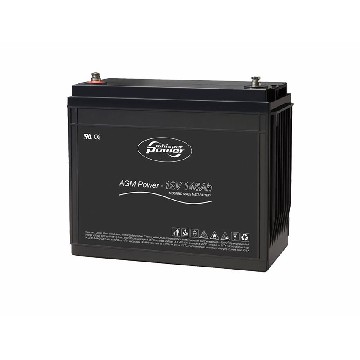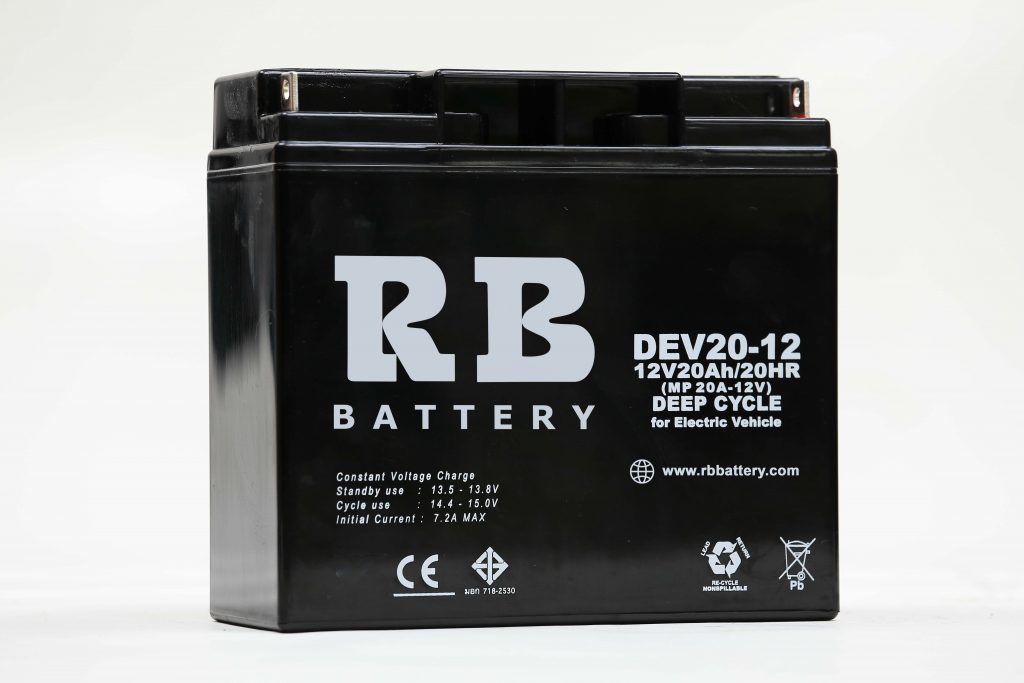What Is a Deep Cycling Battery?

A Deep Cycling battery is designed to undergo repeated deep discharges in order to use most of its capacity. This process helps to maintain the battery’s performance over time. Deep cycling batteries are recommended for vehicles and equipment that frequently experience prolonged use. They are also suitable for home use. However, they must be properly maintained in order to be effective.
Lithium
A lithium deep cycling battery is a powerful battery that allows you to store energy and give it back when needed. You can find different types of lithium deep cycle batteries for a variety of uses. There are many advantages of using a lithium battery, such as increased life and long run times. This type of battery is also lightweight, and comes with a 3-year warranty.
These batteries have a low resistance and can be recharged quickly with solar panels, AC battery chargers, and DC to DC battery chargers. Lithium deep cycle batteries are also maintenance-free and can operate safely in temperatures up to 80°C. Lithium batteries can be recharged by trickle charging, and the cost is similar to a lead-acid battery.
A lithium deep cycling battery has a long lifespan compared to lead-acid batteries. This is due to its independent capacity and high discharge rate. This means that it will last longer and will be more efficient than other battery types. Lithium deep cycling batteries can last for ten times as long as lead acid batteries.
Lithium deep cycling batteries are a great choice for your car battery needs. They offer the lowest maintenance of any type of battery. This means that you can use them for a variety of applications. A lithium deep cycling battery can be used for traction applications, solar energy, backup power, and RV and boat “house” batteries. This type of battery also recharges much more quickly than other deep cycle batteries.
A Lithium deep cycling battery is a great choice for people who travel frequently. They can be recharged multiple times. They don’t lose any capacity in between recharges, and they don’t experience any degradation. Lithium deep cycling batteries can last up to two years in a vehicle.
AGM
AGM batteries have glass mats to hold the electrolyte. This keeps the electrolyte from spilling and flooding the electrodes. AGM batteries also have minimal internal resistance, allowing them to respond more quickly to loads. This makes them ideal for electric vehicles, motorcycles, and other applications.
Another benefit of AGM batteries is that they don’t require maintenance. They can be used in a variety of locations, including hard-to-reach places. Although AGM batteries are a bit more expensive per watt-hour, the elimination of maintenance reduces overall operating costs. Additionally, because they are sealed, AGM batteries don’t emit any gases during normal use. For these reasons, they are often used in renewable energy applications.
Lithium batteries are another great option. These batteries are lightweight, maintenance-free, and compact. They also have a very fast charging rate and stable voltage. Although lithium batteries cost more than AGM batteries, they are an excellent choice for a variety of applications. In some applications, Lithium batteries are a better choice if you don’t need to run your car for hours at a time.
Deep cycling AGM batteries can be used in many harsh environments. Deep Cycling battery They feature a low self-discharge and excellent low-temperature performance. In addition to these advantages, AGM batteries can be safely stored in any position. They also offer improved start-up and cycling abilities and a longer lifespan. Deep-cycling batteries are a great choice for renewable energy, medical, and mobility applications.
AGM batteries are also a great option for off-grid power systems. They are a perfect fit for electric vehicles, robotics, and even some ATVs. They are more efficient than standard batteries and can be used for electric vehicle service, as well as power backup in off-grid areas.
Another benefit of AGM batteries is that they offer better performance in colder environments. Unlike lead acid Deep Cycling battery batteries, they have a lower internal resistance and are more reliable under heavy load. Additionally, AGM batteries do not spill electrolyte and have a low self-discharge rate. For this reason, they are recommended for cold-weather applications.
Gel
When you want to perform deep cycling on a battery, one of the best choices is a gel battery. These batteries can handle deep discharges with only a small capacity loss after each recharge. Gel batteries also have a high cycle life of over 1000 cycles when discharged at 75% depth. The life of these batteries depends on their design, electrolyte composition, and charging regime. Because of their high cycle life and durability, these batteries are a good choice for solar applications.
Deep cycle batteries are not as common as AGM batteries. These batteries are typically used in wheelchairs, medical mobility equipment, trolling motors, RVs, and other deep discharge applications. Gel batteries have a gelled electrolyte that absorbs oxygen from the positive plate. They are maintenance free and are suitable for areas with low ventilation.
Unlike traditional car batteries, which deliver a burst of energy, deep cycle batteries are designed to provide steady power for extended periods. Most deep cycle batteries come in two varieties: flooded and gel. A flooded battery has a lead-acid electrolyte, while a gel battery uses a gel-like substance.
If you have a car or an RV, a gel battery may be the best choice. This type of battery is valve regulated and doesn’t need to be placed upright like flooded batteries. In addition, gel batteries don’t produce any fumes, so they are ideal for places with limited ventilation.
A deep cycle lead-acid battery has a long shelf life and is widely available. Compared to gel batteries, they are less expensive per amp-hour. A flooded battery will lose as much as 13% of its charge in a month, while a gel battery can lose up to 3%. It is important to regularly check and maintain these batteries to ensure a long-term service.
As the battery gets older, its capacity increases. This capacity increase is the result of lower internal resistance and increased mass transfer rates. This increase in capacity can increase the rates of life-limiting side reactions.
Maintenance free lead-acid
A maintenance free lead-acid deep cycling battery is a superior choice if you need a powerful backup battery for your vehicle. These batteries don’t require watering, maintenance, or inspection, but they still need regular monitoring. Understanding the basic functions of batteries is essential for consumers and dealers.
Lead-acid batteries are categorized into three main uses: automotive, motive power, and stationary. Automotive models fall into two main categories: traction and deep cycle. Deep cycle batteries are the most popular. These batteries are also known as SLI batteries. Their advantages include a long service life, compact size, and maintenance-free design.
These batteries feature sealed constructions with vents that cannot be removed. However, they’re not leak proof. You need to allow some room for gas to vent during charging. Moreover, the batteries may lose water if you overcharge them. Therefore, you should always charge your maintenance-free batteries carefully to prevent them from overcharging.
Using a hydrometer, you can measure the state of charge and the depth of discharge of your battery. However, this doesn’t tell you how much power the battery has. A better way to find out the capacity of a battery is to perform a sustained load test. A fully charged cell will have a voltage between 2.12 and 2.15 volts per cell (VPC), while a cell that is 50% discharged will be less than one volt per cell.
If you want to avoid the hassle of maintaining your battery, choose a maintenance free lead-acid deep cycling battery. This type of battery offers the best performance in a variety of applications. This type of battery requires only a single addition of water every 100-125 cycles, while conventional industrial batteries need to be replenished every five to ten years.
A deep cycle battery can provide a steady stream of power for a long time. It also has the ability to deliver a sudden burst of power in a short period of time. It is a good option for solar panels, plug-in electronics, and even boats. The main differences between deep cycle batteries and other types are the Cold Cranking Amps and Reserve Capacity.



